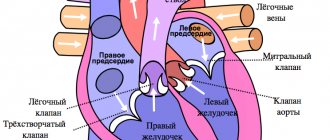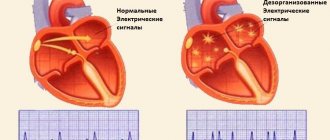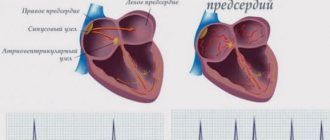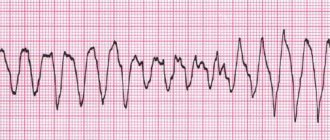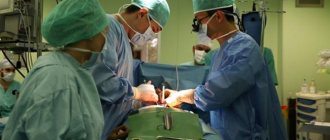Life after surgery
Recommendations for patients after radiofrequency catheter ablation of atrial fibrillation (AF):
- Observation by a cardiologist (therapist) at the place of residence;
- Limiting physical activity for 2 weeks;
- Control of daily monitoring of ECG (CMECG), echocardiography after 3 months at the place of residence;
- Taking Warfarin or new oral anticoagulants (Pradaxa, Xarelto, Eliquis) for at least 3 months, possibly up to 6-12 months, with a permanent form of AF - lifelong use;
- Taking antiarrhythmic drugs (AAP) for at least three months;
- If paroxysmal AF occurs, call an ambulance 03, take an ECG;
- After surgical treatment of AF, the effectiveness of the operation is not assessed for three months. At this time, sensations of interruptions in the work of the heart, discomfort, and possible rhythm disturbances may persist. In 10-15% of patients, AF paroxysms persist after three months; a repeat consultation with an arrhythmologist may be required to decide whether a repeat procedure is necessary.
What to expect during surgery
Surgical experience varies greatly depending on the type of ablation.
Catheter ablation
Typically, catheter ablation lasts from 2 to 4 hours and takes place in a hospital or special laboratory. The patient usually remains conscious throughout the procedure, but is given intravenous medications to make them drowsy.
The surgeon inserts a catheter, usually through a clean and shaved groin area, and guides it toward the heart. There, the pulses destroy abnormal cells over an area of about one-fifth of an inch.
Hybrid surgical-catheter ablation
This approach involves two procedures that can be separated or performed during one hospital stay. During the operation, the surgeon will make small incisions in the chest and an electrophysiologist will perform catheter ablation.
Surgical ablation
Surgical ablation requires general anesthesia. In this procedure, surgeons cut the inside of the heart to create scar tissue to restore balance to the heart's electrical system.
In some cases, it may be necessary to spread the patient's ribs and place his heart on a heart-lung machine. However, not all operations are so complex.
Risks
Cardiac ablation is generally a low-risk procedure. However, risks vary depending on the type of treatment.
Catheter ablation
Catheter ablation is the least invasive approach and carries fewer risks than other procedures.
However, there is still the potential for damage to the heart, blood vessels, and nearby body parts, as well as destabilization of the heart's electrical system.
Hybrid surgical-catheter ablation
The operation, performed together with the insertion of a catheter, does not require artificial circulation. This is why this type of ablation is not as risky as others. However, there are still risks associated with catheter ablation.
Surgical ablation
Surgical ablation is a form of open heart surgery. This means that it includes all the risks associated with operations of this kind. Risks may include:
- bleeding
- stroke
- infection
- reaction to anesthetics
- potentially fatal heart damage

